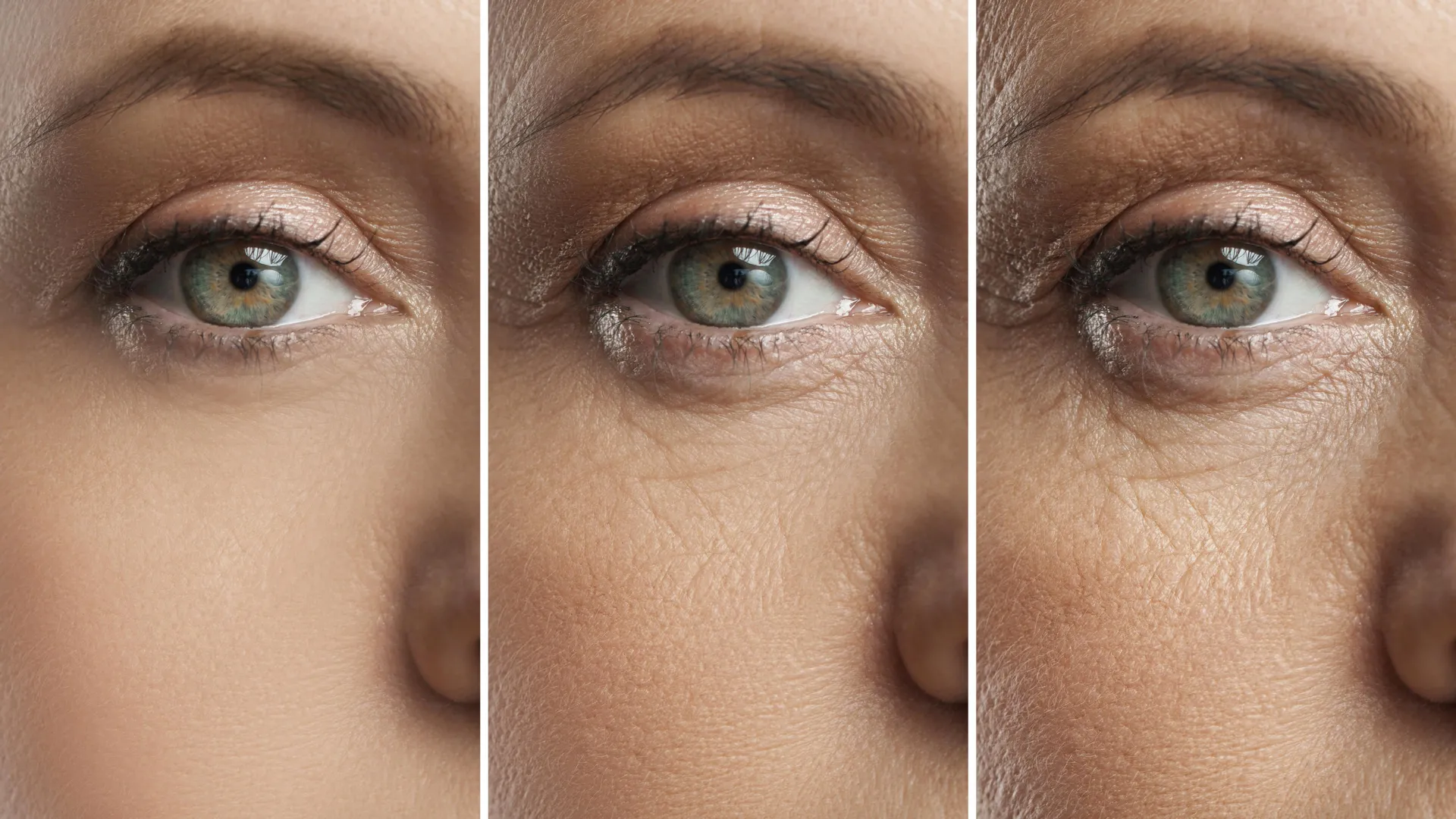A simple fatty acid could restore failing vision
- Date:
- October 14, 2025
- Source:
- University of California - Irvine
- Summary:
- Scientists at UC Irvine have found a way to potentially reverse age-related vision loss by targeting the ELOVL2 “aging gene” and restoring vital fatty acids in the retina. Their experiments in mice show that supplementing with specific polyunsaturated fatty acids, not just DHA, can restore visual function and even reverse cellular aging signs.
- Share:

Changes in eyesight are one of the most familiar effects of getting older. Sit in a dim restaurant with someone over 60, and you might hear, "Hold on -- let me pull out my cell phone. I need more light to read the menu!" But what if declining vision with age could actually be reversed?
Researchers at UC Irvine have taken a closer look at that question, investigating a potential treatment aimed at slowing or even undoing "aging" in the eye while also preventing age-related diseases such as macular degeneration (AMD).
"We show the potential for reversing age-related vision loss," explains Dorota Skowronska-Krawczyk, PhD, an associate professor in the Department of Physiology and Biophysics and the Department of Ophthalmology and Visual Sciences. The study, conducted in partnership with scientists from the Polish Academy of Sciences and the Health and Medical University in Potsdam, Germany, presents findings published in Science Translational Medicine under the title "Retinal polyunsaturated fatty acid supplementation reverses aging-related vision decline in mice."
Understanding the "Aging" Gene
This research builds on earlier work involving the Elongation of Very Long Chain Fatty Acids Protein 2 (ELOVL2), a well-established biomarker of aging. "We showed that we have lower vision when this ELOVL2 enzyme isn't active," says Skowronska-Krawczyk, who is also part of the Robert M. Brunson Center for Translational Vision Research at the UC Irvine School of Medicine. In that previous study, boosting ELOVL2 activity in aging mice increased levels of the omega−3 fatty acid docosahexaenoic acid (DHA) in the eye and led to better vision.
The new research aimed to find a way to achieve similar benefits without depending on the ELOVL2 enzyme.
As people age, changes in lipid metabolism reduce the amount of very-long-chain polyunsaturated fatty acids (VLC-PUFAs) in the retina. This decline can impair vision and contribute to AMD. The ELOVL2 gene plays a crucial role in producing both VLC-PUFAs and DHA.
When researchers injected older mice with a specific polyunsaturated fatty acid, their visual performance improved. "It's a proof-of-concept for turning lipid injection into a possible therapy," says Skowronska-Krawczyk. "What is important is that we didn't see the same effect with DHA." Others have also questioned the ability of DHA to slow AMD progression.
"Our work really confirms the fact that DHA alone cannot do the work, but we have this other fatty acid that is seemingly working and improving vision in aged animals," says Skowronska-Krawczyk. "We have also shown on a molecular level that it actually reverses the aging features."
Furthermore, the researchers found genetic variants in the ELOVL2 enzyme that correlate with faster progression of AMD. "Now we actually have a genetic connection to the disease and its aging aspect," says Skowronska-Krawczyk, "so we could potentially identify people at higher risk for vision loss progression." This could lead to not only therapeutic treatment options but also targeted interventions for prevention.
These findings have only further solidified Skowronska-Krawczyk's view of the importance of the ELOVL2 enzyme. "I am pretty convinced it's one of the top aging genes that we should look at when we think about anti-aging therapies."
Looking Beyond the Retina
In a collaboration with researchers from UC San Diego, Skowronska-Krawczyk has also started to explore the role of lipid metabolism in immune system aging. That study found that the lack of ELOVL2 enzyme induces accelerated aging of immune cells, suggesting that systemic lipid supplementation could potentially counteract the effects of age on the immune system. It also suggested that lipid metabolism might play a role in blood cancers.
"Our first study explored a potential therapy to address vision loss," says Skowronska-Krawczyk, "but with the information we've since learned about immune aging, we are hopeful the supplementation therapy will boost the immune system as well."
Story Source:
Materials provided by University of California - Irvine. Note: Content may be edited for style and length.
Journal Reference:
- Fangyuan Gao, Emily Tom, Cezary Rydz, William Cho, Alexander V. Kolesnikov, Yutong Sha, Anastasios Papadam, Samantha Jafari, Andrew Joseph, Ava Ahanchi, Nika Balalaei Someh Saraei, David C. Lyon, Andrzej Foik, Qing Nie, Felix Grassmann, Vladimir J. Kefalov, Dorota Skowronska-Krawczyk. Retinal polyunsaturated fatty acid supplementation reverses aging-related vision decline in mice. Science Translational Medicine, 2025; 17 (817) DOI: 10.1126/scitranslmed.ads5769
Cite This Page: